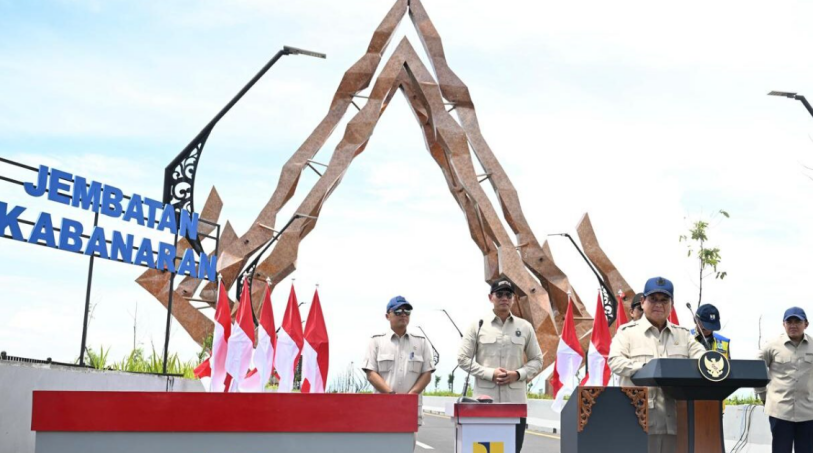BPS: Poverty Rate in Indonesia Decreases
 The Central Statistics Agency (BPS) stated that Indonesias poverty rate in September 2018 was 9.66%, decreased 0.16% compared to that of March 2018 and decreased 0.46% compared to that of September 2017.
The Central Statistics Agency (BPS) stated that Indonesias poverty rate in September 2018 was 9.66%, decreased 0.16% compared to that of March 2018 and decreased 0.46% compared to that of September 2017.
“The population living in poverty per September 2018 was 25.67 million people, 0.28 million lower compared to that of March 2018, and 0.91 million lower compared to that of September 2017,” Head of the BPS Suhariyanto said during a press conference in Jakarta, Tuesday (15/1).
Suhariyanto added that the poverty rate in urban areas in March 2018 reached 7.02 % before dropped to 6.89 % in September 2018, while the poverty rate in rural areas in March 2018 was 13.20% before dropped to 13,10 % in September 2018.
“Compared to March 2018, the urban population living in poverty dropped by 13.1 thousand people in September 2018 (from 10.14 million people in March 2018 to 10.13 million people in September 2018),” Suhariyanto explained, adding that the rural population living in poverty fell by 262.1 thousand people (from 15.81 million people in March 2018 to 15.54 million people in September 2018).
Suhariyanto went on to say that the poverty lane per September 2018 was Rp410,670/ capita /month, including Rp302,022 of Food Poverty Line (73.54 %) and Rp108,648 of Non-Food Poverty Line (26.46 %).
“Compared to March 2018, the Poverty Line rose by 2.36 %. Meanwhile, compared to September 2017, there was an increase of 6.07%,” Suhariyanto further explained, adding that per September 2018, households under poverty in Indonesia have 4.63 members on average. Thus, the average poverty line per poor household is Rp1,901,402/ household/month, he said.
According to Suhariyanto, in September 2018 rice was food commodity that made the biggest contribution to the Poverty Line in both urban and rural areas (19.54 % in urban areas and 25.51 % in rural areas).
Suhariyanto further said that clove cigarettes make the second largest contribution to the poverty line (10.39 % in urban areas and 10.06 % in rural areas). Other commodities are chicken eggs (3.89 % in urban areas and 3.36 % in rural areas), broiler (3.80 % in urban areas and 2.21 % in rural areas), instant noodles (2.37 % in urban areas and 2.13 in rural areas), sugar, (2.04 % in urban areas and 2.84 in rural areas) as well as coffee and sachets instant coffee (1.96 % in urban areas and 1.81 % in rural areas).
In the meantime, non-food commodities that make the biggest contribution to urban and rural poverty lines, according to Suhariyanto, are housing, gasoline, electricity, education and toiletries. (Humas BPS/ES)
Translated by: Ridwan Ibadurrohman
Edited by: Mia Medyana








